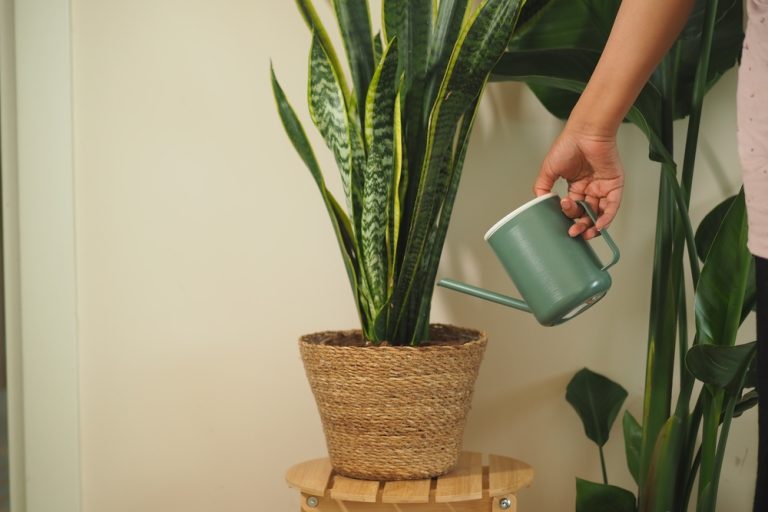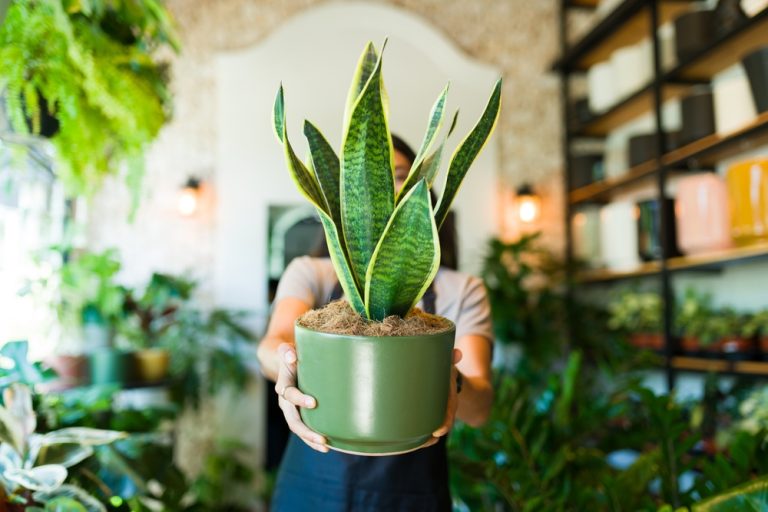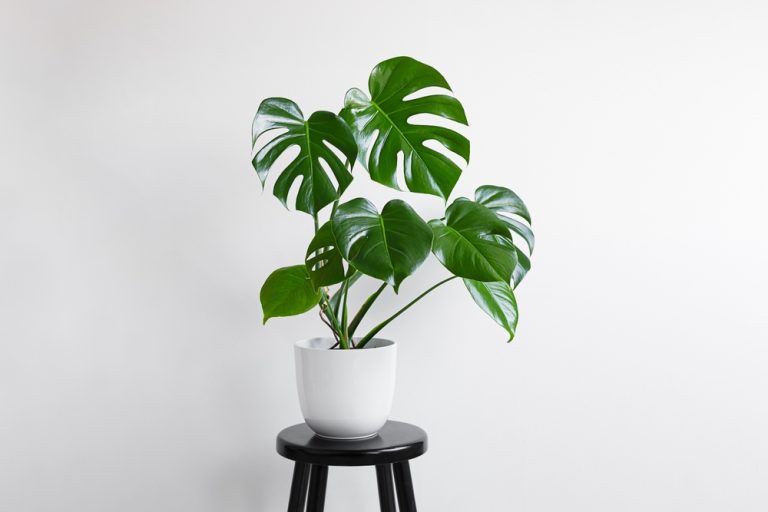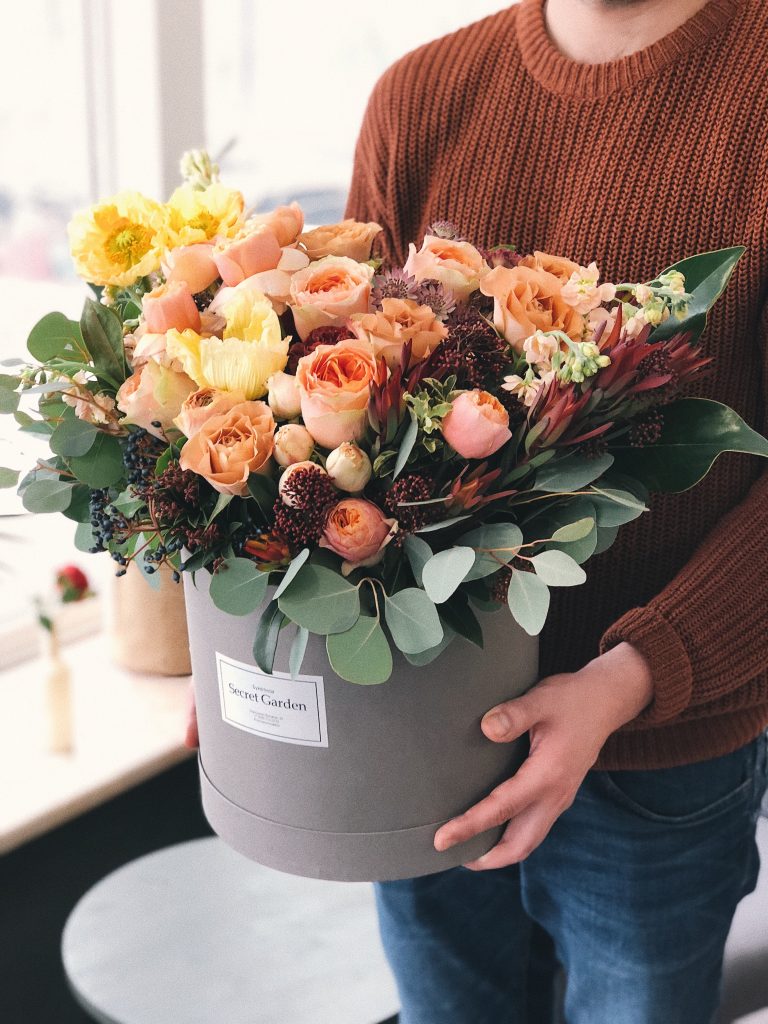If your idea of “gardening” is remembering to water a plant before it dies, fear not! Some houseplants don’t just survive—they flaunt their beauty even when your green thumb takes a vacation. From dramatic foliage to quirky shapes, these plants quietly steal the spotlight while demanding almost nothing from you. Guests will assume you’re a…
houseplant
Why Your Houseplants Need a “Vacation” from Fertilizer Right Now
Your houseplants may look peaceful sitting in their pots, but don’t be fooled—they are dramatic little creatures. One day they’re perky and glowing; the next day, they’re drooping like they’ve just worked a 14-hour shift. And if you’ve been shoveling fertilizer at them like you’re fueling a race car, they may be silently begging for…
10 Houseplants That Love Being Brought Inside Now
The air’s getting crisp, the days are getting shorter, and your once-thriving outdoor plants are starting to shiver. That can only mean one thing—it’s time for the great indoor migration! But not all plants handle the transition well; some pout, some drop leaves, and some just give up entirely. Luckily, there are certain houseplants that…
5 Common Reasons Why Your Houseplant Isn’t Blooming
You brought home a gorgeous houseplant or received one as a gift. You admire it for a week or so while it bloomed gloriously. Soon after, the flowers fell away and the houseplant isn’t blooming anymore or doesn’t look as radiant as it once did. Are you struggling to get that plant bloom again? Maybe…



